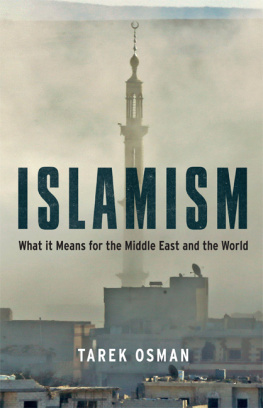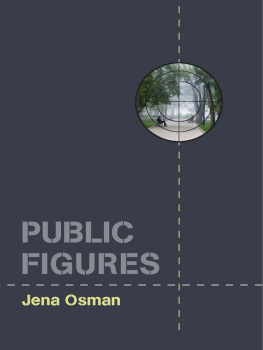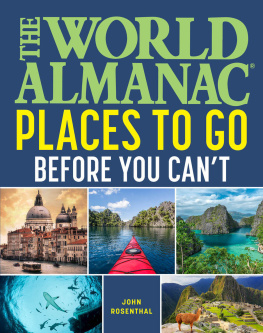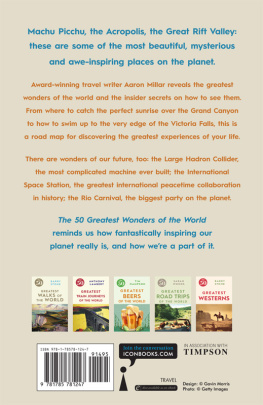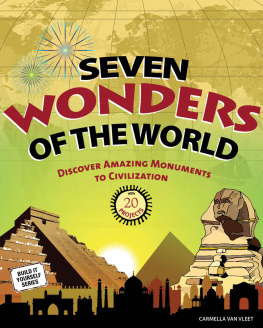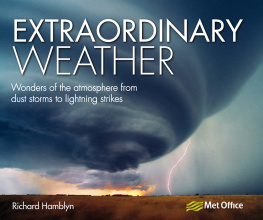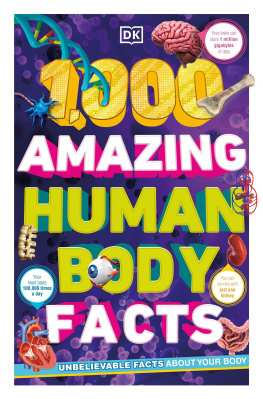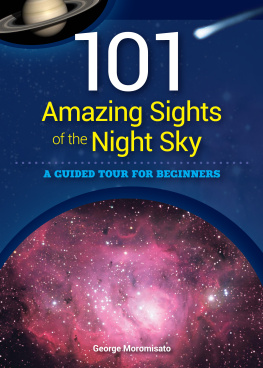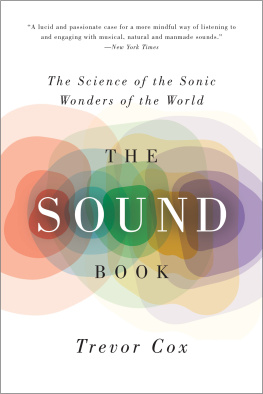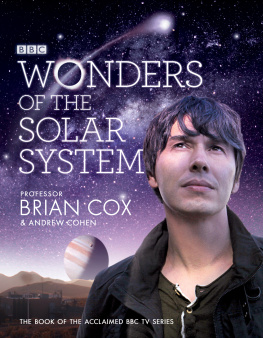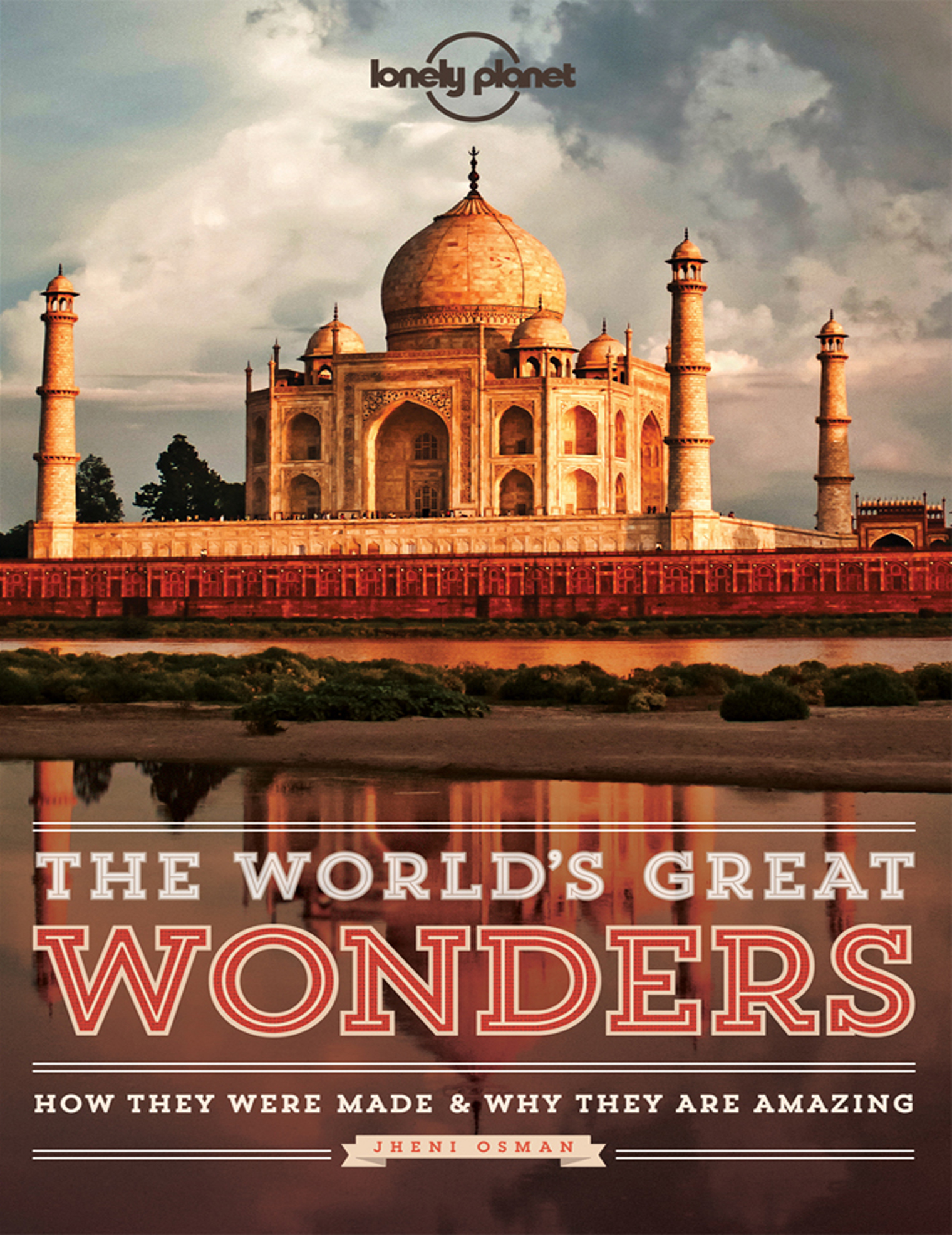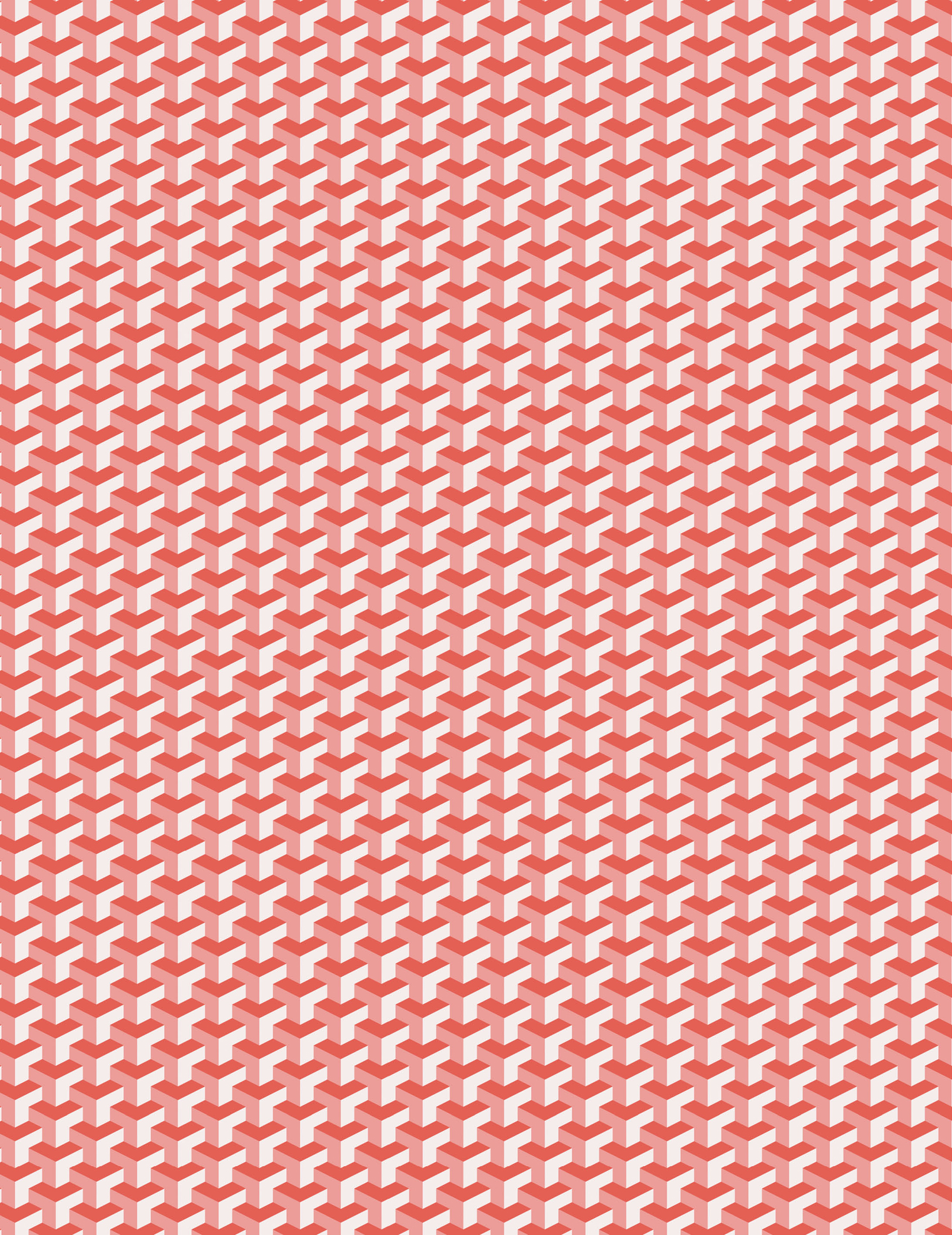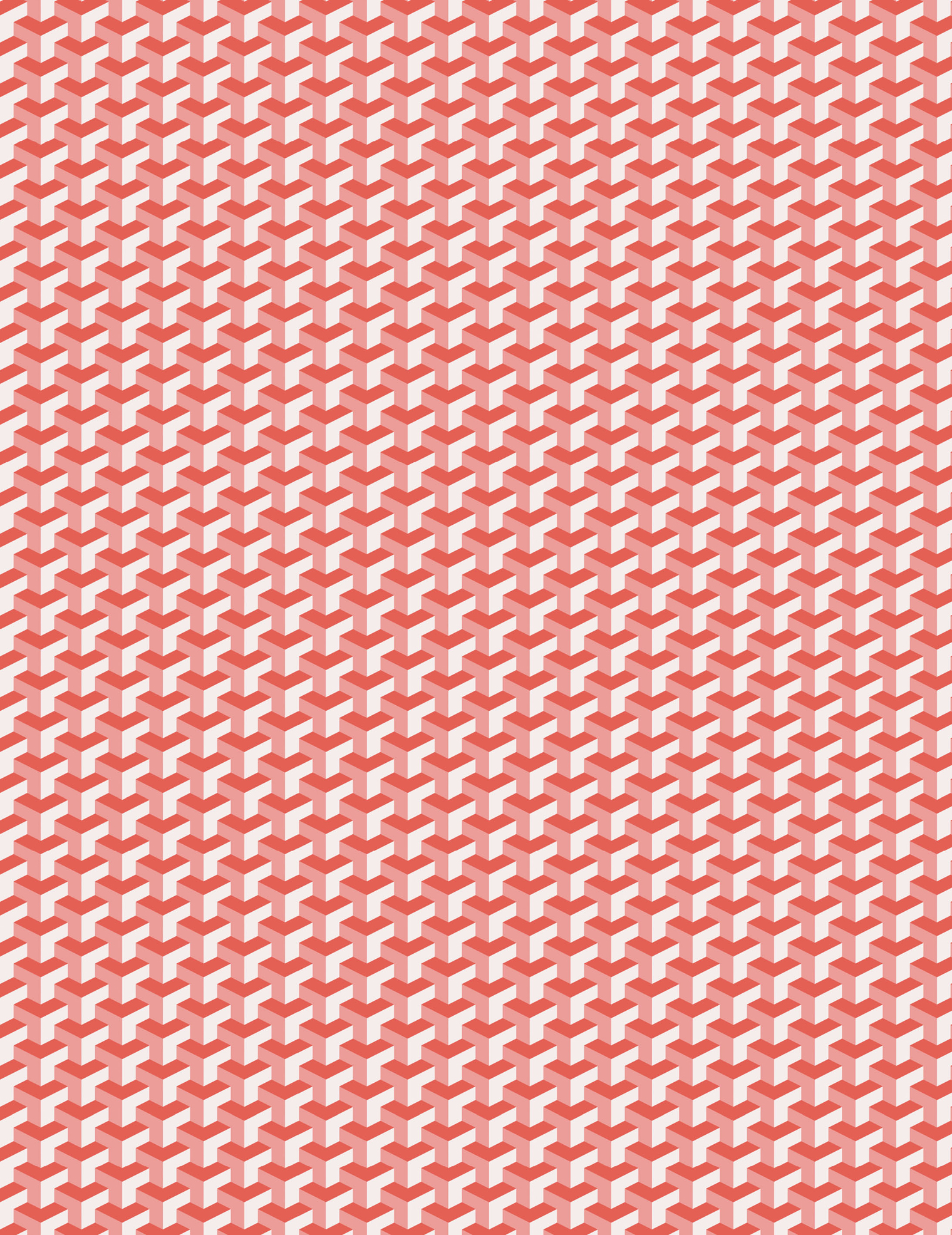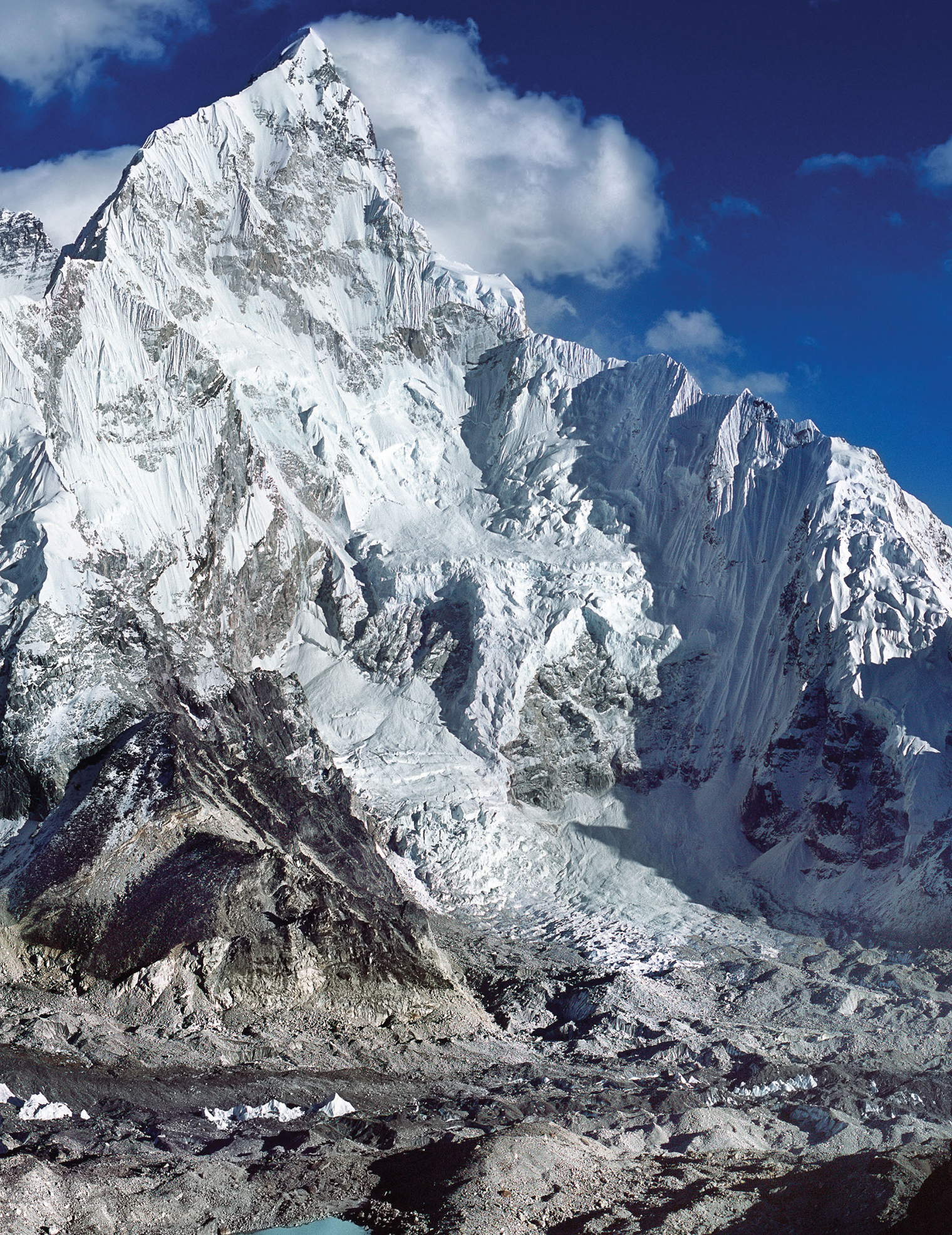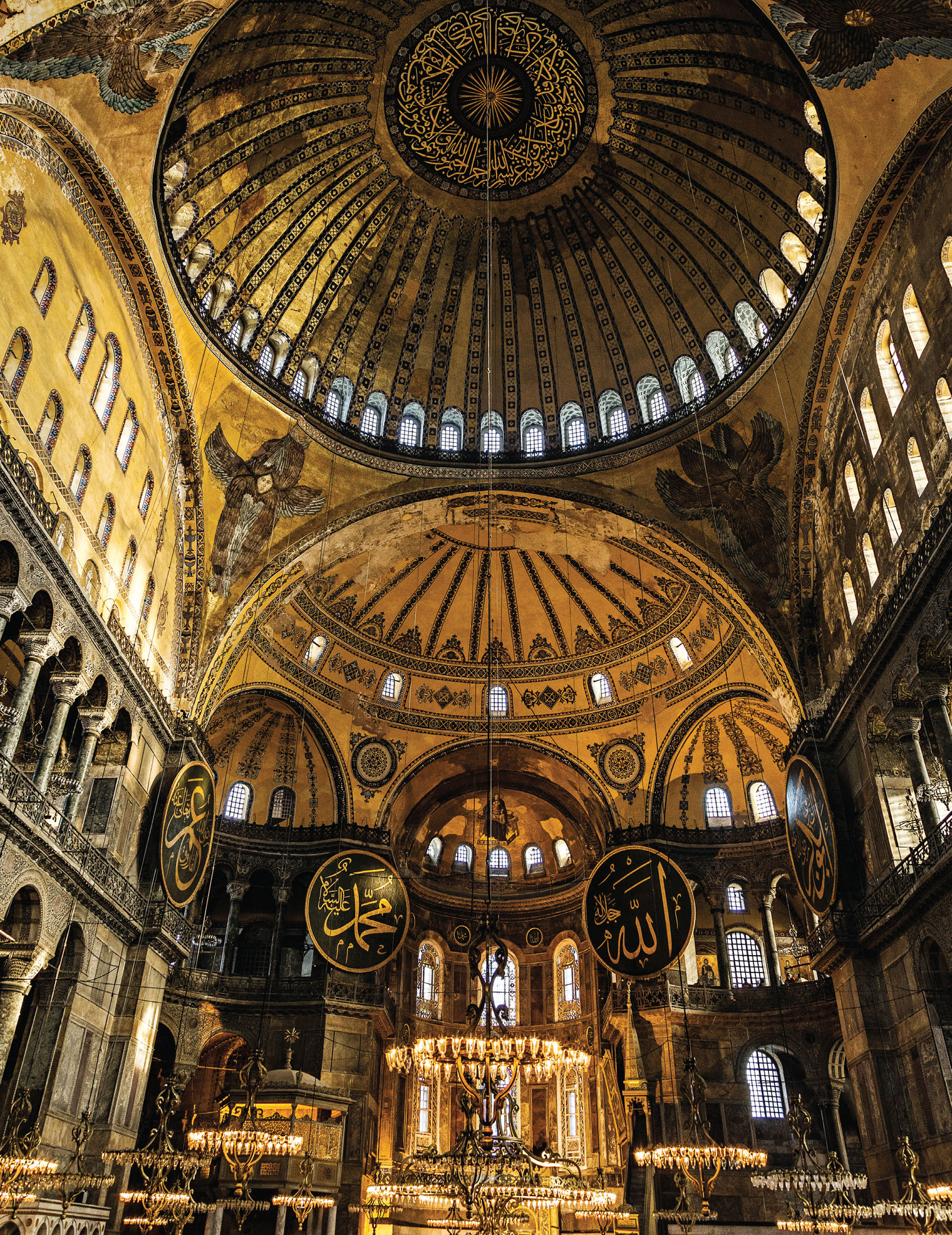
FOREWORD
ITS A
WONDERFUL
WORLD
THE GREATEST ADVENTURE NOW IS TO TRAVEL, TO SEE THOSE
PLACES IN THE WORLD MAN-MADE CREATIONS OR SUBLIME WORKS
OF NATURE THAT PACK A MYSTERIOUS POWER.
BY D AN C RUICKSHANK
P laces that might live for years in your
imagination, that attract, intrigue or tantalise,
and that when you see them mark a moment
of perception, become milestones in your life. To
travel can almost be an act of pilgrimage, a journey
seeking a closer connection with experiences that offer
inspiration, that yield understandings and that reveal
often unexpected connections between people and
places, between cultures of the past and of the present.
In a world that can seem increasingly divided, the
empathy offered by travel, the tolerance it engenders
of the lives and beliefs of others, is no small thing.
The more adventurous, more independent and more
demanding your journey, the more, no doubt, you will
learn. But all travel enriches.
The aim of this book is straightforward to inform, to
inspire and to encourage its readers to travel. The book
identifies a selection of wonders, explains each in a
succinct manner providing the information needed by
all aspiring travellers, and then sends you on your way.
Knowledge about the world helps you choose where
to go; it also helps when you get there. If you know key
facts about your destination you will surely enjoy it
and most certainly understand it better.
It also raises quite a few questions. What is meant by
the term wonder, and why this particular collection?
Of course the term wonder is loose, clearly subjective
and poetic, rather than scientific or objective. I suggest
anything that surprises, mystifies, or takes the breath
away by its sheer size, beauty or audacity is a wonder.
Equally, any list of 50 wonders must to a degree be
subjective, as indeed must some of the descriptions
and explanations especially of ancient or mysterious
man-made wonders such as Stonehenge, the Great
Pyramid at Giza, the statues on Easter Island or the
Nazca Lines, whose origins, purposes, meanings, or
techniques of fabrication are unclear or contested.
But the mystery that surrounds some of the wonders
featured in this book can make them even more
fascinating. Some we accept as almost and forever
beyond our comprehension. Great natural wonders,
such as the Aurora Borealis or the Great Blue Hole, are
humbling. They proclaim the immensity, the beauty
and the profound secrets surrounding the origin and
mechanism of creation and, in the process, put our
personal obsessions and aspirations in perspective.
Things can be a little different when it comes to
man-made wonders. They can be awe-inspiring or full
of mystery, but they are human affairs and the means
and secrets of their creation are surely susceptible
to scrutiny, research and reflection or can be

understood through moments of weird illumination
or revelation. Its heady stuff and its the quest for
answers to some of the questions enshrined in ancient
man-made wonders that has, for me, made travel to
remote parts of the world utterly addictive and first
hand encounters so compelling.
I have explored virtually all the man-made wonders
included in this book and many I have found puzzling
and provoking. But thats surely the way it should be
we strive to penetrate their secrets but deep down we
want our wonders to continue to make us wonder.
I remember my first contact with the Great Pyramid
at Giza. Of course I knew it well from books and
illustrations, but only when I crawled inside and over
it, did I really appreciate its wonder. Its made with a
precision that astounds and possesses mathematical
and geometric qualities that are astonishing in their
implications. It covers 12 acres (4.8 hectares), contains
nearly 2.5 million limestone blocks, yet the margin of
error in setting-out is incredibly small. The maximum
difference in the exact length of the four sides is 4.4
cm and the base/horizontal height differs from corner
to corner by no more than 2.1 cm. And inside, the
so-called Kings Chamber is formed by vast granite
blocks that are not only of great weight but which have
perfect straight edges and joints of less than mm
in thickness. How was this structural brilliance and
precision achieved in a bronze-age culture and
perhaps more puzzling why was it believed to be
necessary? I knew the theories of pyramid design and
construction but only by exploring this vast structure
more machine than building did theory became
personal and visceral reality. This, of course, is the
power of travel, the reason for making the journey.
I had a similar moment of revelation at Easter
Island. It was only when I first saw the statues or
Moai in the context of the island on this remote
and mountainous speck of land marooned in a vast
ocean that I began to comprehend the true artistic
power of this unique sacred sculpture. And only
when I grasped the frenzied and sudden way in
which Moai had been overthrown and disfigured did
I gain a glimpse of the sudden catastrophe that must
have overtaken the island. Moai were abandoned in
the quarry and in transit, toppled from their sacred
sites and their obsidian eyes wrenched out. Why
had these gods been abandoned and desecrated,
seemingly by the very people who had wrought them
in such wonderful manner? Many Moai have now
been re-raised on their sacred platforms to present
an amazing sight - enigmatic images of power that
define, and are defined by, their spectacular setting.
And setting is all-important for the full appreciation
of many modern engineering wonders. The image of


